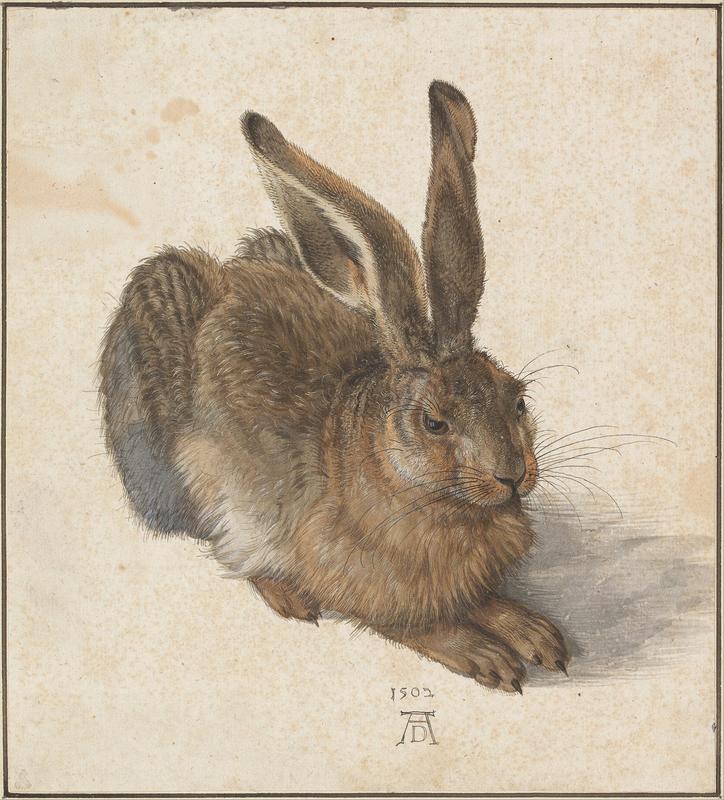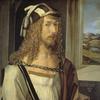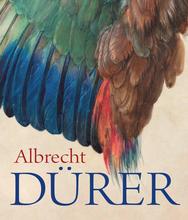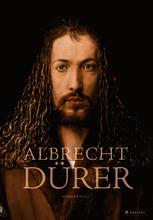More about Young Hare
- All
- Info
- Shop

Contributor
The (alleged) young hare didn't have to lie about his age to get in front of Albrecht Durer.
The German artist could have cared less, he just called him a field hare. The hare was looking for his big break, so what if he was a few years older than he’d told them. Everyone in Hollywood does it. The hare just wanted Durer to paint him like one of his German girls.
Durer finished this watercolor of the little guy in 1502. At the time, animals weren’t usually painted with so much care. Durer’s execution was meticulous; this kind of photorealism was heretofore unheard of. You can even see the studio window in the bunny’s eyes. He could’ve been burned at the stake for this sorcery. Thankfully, the world just hailed him as the genius that he was instead. The painting got so popular that at least twelve of Durer’s contemporaries decided to have a go at the adorable bunny.
No one can say for sure how Durer came to meet this furball, but if you’re looking for a story I could give you one. A popular legend has it that Durer was walking in the woods. It was probably an afternoon stroll or such. He came across the little hare and saw that it was injured. Durer, the compassionate guy that he was, took the bunny back to the studio. I’m hoping he wasn’t planning on stuffing him.
Viewing this painting is a little bit of a delicate matter. The paper and paint are so sensitive that the Young Hare cannot be permanently displayed. The Albertina fishes the painting out once every few years. It’s like a comet that appears only in Vienna. In 2016, the painting was brought to the public for all of seven hours. That’s how long it would take me to get to Vienna from Bombay. Imagine missing the Young Hare in the commute. I’d be devastated, though not as much as the Albertina would be if they destroyed the painting. I can always catch a flight again, Durer’s chances of coming back from the dead are close to zero.
Sources
- jimmyneutron2011. “Art Admiration.” Art Admiration (blog). Wordpress, November 26, 2017. https://artadmiration.wordpress.com/2017/11/26/young-hare/.
- “Young Hare by Albrecht Dürer - Facts & History of the Painting.” Totally History, April 14, 2013. http://totallyhistory.com/young-hare/.
- “Young Hare.” Artble, July 19, 2017. https://www.artble.com/artists/albrecht_durer/engravings/young_hare.
- Admin. “Description Picture.” Description picture - Durer Albrecht, January 12, 2019. https://en.opisanie-kartin.com/description-of-the-painting-by-albrecht-….
- “ Dürer's Young Hare.” Visiting Vienna, August 4, 2019. http://www.visitingvienna.com/sights/museums/durer-hare/.
- “Comeback of the Hare.” VIENNA – Now. Forever. Accessed September 30, 2019. https://www.wien.info/en/sightseeing/museums-exhibitions/albrecht-duere….
Featured Content
Here is what Wikipedia says about Young Hare
Young Hare (German: Feldhase) is a 1502 watercolour and bodycolour painting by German artist Albrecht Dürer. Painted in 1502 in his workshop, it is acknowledged as a masterpiece of observational art alongside his Great Piece of Turf from the following year. The subject is rendered with almost photographic accuracy, and although the piece is normally given the title Young Hare, the portrait is sufficiently detailed for the hare to be identified as a mature specimen — the German title translates as "Field Hare" and the work is often referred to in English as the Hare or Wild Hare.
The subject was particularly challenging: the hare's fur lay in different directions and the animal was mottled with lighter and darker patches all over, Dürer had to adapt the standard conventions of shading to indicate the outline of the subject by the fall of light across the figure. Despite the technical challenges presented in rendering the appearance of light with a multi-coloured, multi-textured subject, Dürer not only managed to
create a detailed, almost scientific, study of the animal but also infuses the picture with a warm golden light that hits the hare from the left, highlighting the ears and the run of hair along the body, giving a spark of life to the eye, and casting a strange shadow to the right.

Dürer lightly sketched the image and underpainted it with some washes of brown watercolour. Then he patiently built up the texture of the fur with a variety of dark and light brushstrokes in both watercolour and bodycolour. Gradually, the painting was brought to completion with the addition of a few refined details such as the whiskers and the meticulous reflection of a window in the creature's eye.
There is some debate over how Dürer accurately captured the image of the hare: he may have sketched a hare in the wild and filled in the individual details from a dead animal, or captured one and held it alive in his studio while he worked on the painting. A reflection of the window frame in the hare's eye is often cited as evidence for the theory that Dürer copied the hare from life in his workshop, but this cross-barred reflection is a technique that Dürer frequently used to add vitality to the eyes of his subjects.
Dürer used his watercolour and bodycolour studies as source material for his prints, but in The Holy Family with Three Hares the hares are modestly rendered, and in the only of his other prints to feature a hare, the 1504 copperplate engraving Adam and Eve, the hare is turning away, half-hidden behind the legs of Eve. The prominent date and Dürer monogram on the Young Hare indicate that Dürer considered it a work in its own right rather than merely a preparatory sketch. The painting engendered numerous copies: at least twelve from contemporaries are known.
Check out the full Wikipedia article about Young Hare














